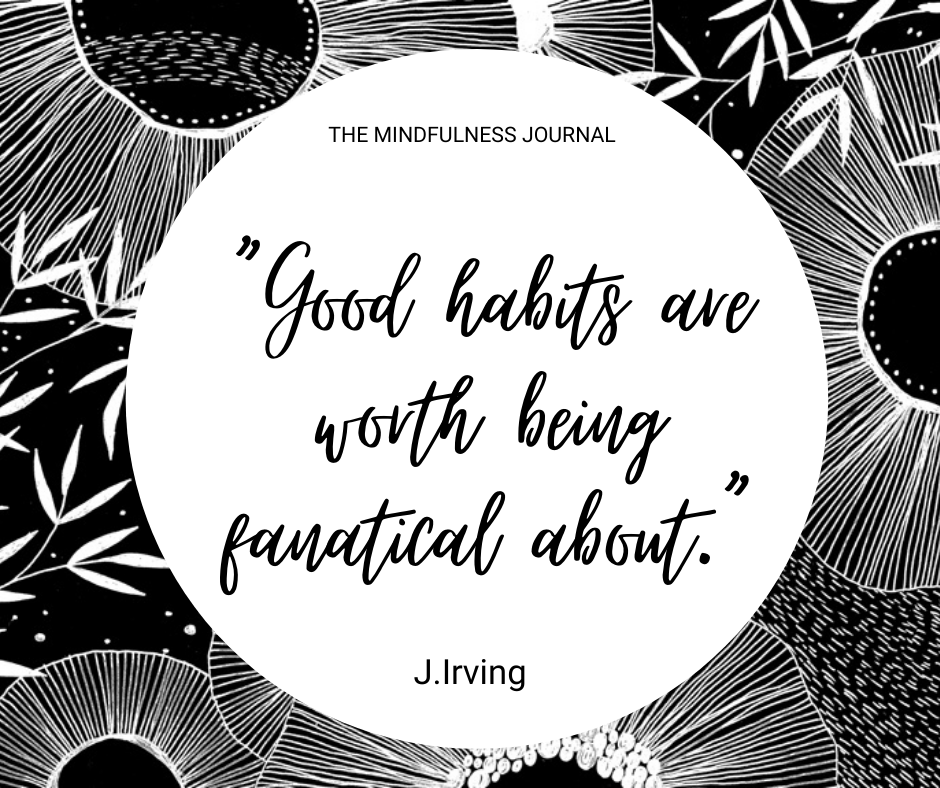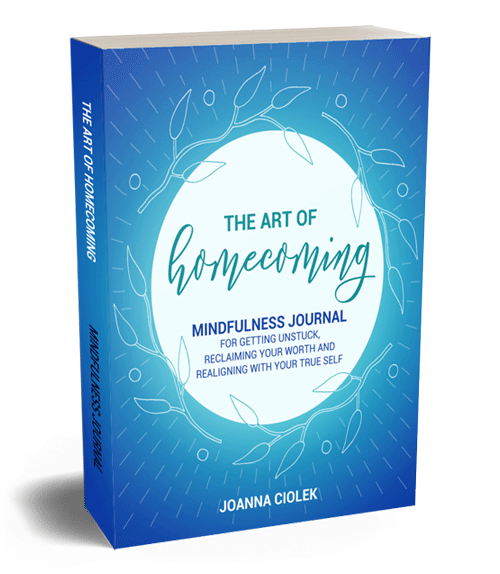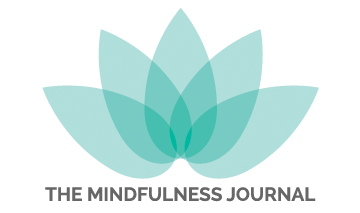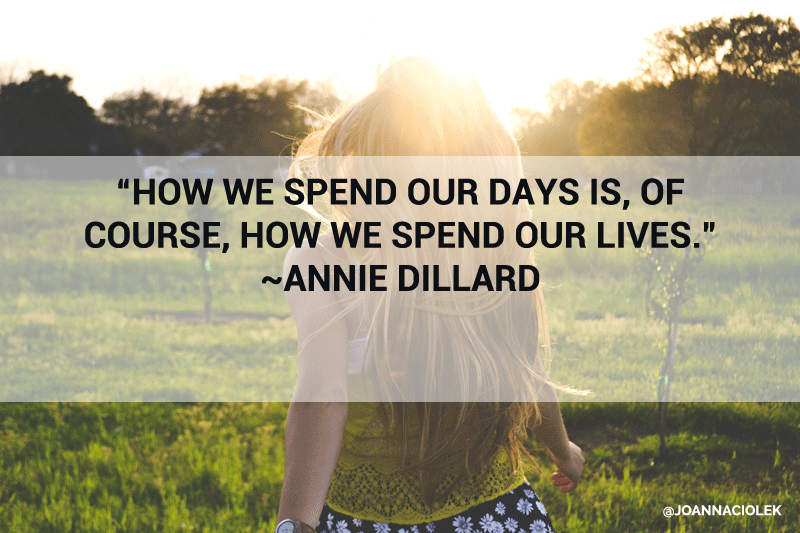We are living through turbulent times and many of us are feeling overwhelmed, anxious, and on a brink of burnout. Flooded by endless demands on our time and energy, our inner resources are being chronically exhausted. Our body responds to this constant state of stress with tension and pain, a compromised immune system, and even disease. Toxins accumulate, energies get blocked, we become physically, mentally, and emotionally stagnant. Drained and depleted, we end up running on empty.
To balance the enormous stress we’re under every day we must prioritize our wellbeing. Paying attention to how we spend our day is paramount. Balancing work with rest and recovery in a healthy way is a must. Taking the time to relax and recharge must be intentional. Finding ways to release stress and restore our core energy is now more important than ever before.
“We are what we repeatedly do. Excellence, then, is not an act, but a habit.” ~William Durant
Creating Healthy Habits With Mindfulness
Even when we understand what needs shifting, implementing change can be tricky. We are creatures of habit and we spend most of our day on autopilot. This is great for conserving mental energy but not so good for when we want to make a change. This is where mindfulness can be transformative.
Mindfulness is how we can take control over how we spend our day. By observing our habitual ways of thinking, feeling, and behaving, we begin to notice how we neglect our wellbeing and contribute to our own suffering—and this awareness is the first step toward making a positive change.
Mindfully tracking our behavior, we start to see negative habits we might have developed over the years—our tendency to worry, eat junk when we’re stressed, deny our feelings, drink too much, pretend we’re fine even when we’re in pain, and so on. Once recognized, we have a chance to shift out of autopilot and intentionally change these self-defeating patterns.
The key to transforming our habitual reaction is noticing when we get triggered. Mindfulness trains us to observe, instead of reacting. By paying attention to our body and noticing our internal sensations when we’re activated, we can track our thinking and feeling patterns, and slow down our reactions.
Through practice, we catch the moment when our habitual response is about to play out, pause our reactive impulses, and instead take few international breaths, feel what needs feeling, and then choose a more skillful response aligned with our values and goals. The trick is to slow down, breathe, and stay present as we process what is happening internally. Every time we don’t give in to our reactive impulse this way, we lessen the negative habit and rewire our brain.
If you want to proactively eliminate a negative habit, ask yourself: When does it happen? What triggers it? Where are you? Who are you with? How often you do it? Then, reflect, digging down to your core beliefs associated with each trigger. This is where you have the power to either rewrite any negative beliefs you give into subconsciously or decide to replace a negative habit with a positive one.
Dream big but start small.
Don’t be afraid to have big goals, then find the minimum amounts of work that you must get done every single day to head in that direction. The smaller the daily habit, the easier it is to implement it into your life.
If you want to meditate daily, start by meditating for just five minutes. If you want to get more fit, start with just 3 pushups, or a daily walk around the block. If you want to be more positive, write 3 things that went well each day before going to sleep. Make it so easy you can’t fail. But commit to doing it daily. This is how you build it into your brain and form a habit.
Setup a reminder.
Reminders nudge us to get things done. It could be a visible reminder (journal on your nightstand), or a calendar reminder (scheduled yoga class).
Build-in positive rewards.
Whatever habit you are trying to for, immerse all your senses in the process. Focus on finding joy in it. Look for all the positive feelings you experience while doing it. Reward yourself right after you’re done with it to create a positive association. Make it a game. Proudly announce it on social media. Take yourself out to lunch or buy yourself flowers after a week of sticking with it. This will reinforce your commitment.
Create a support group.
Find an accountability partner, a buddy to help you through the change. Deep-seated behaviors are hard to tackle—you’re going to have a moment of weakness. Your support person will hold you accountable and celebrate your victories with you. And don’t forget to be your own ally. When you slip up, be compassionate and remind yourself of all the progress you’ve made, despite these occasional setbacks.

Recharge Your Body, Release Stress & Restore Your Core Energy
Positive change happens gradually. We intentionally begin making small changes to our daily routine to balance the effects of chronic stress and prevent burnout—one healthy habit at a time.
Learning to slow down is a conscious choice we must make to shift out of chronic stress and prevent burnout. A slower-paced life means doing less. It’s focusing on what really needs to be done and letting go of the rest. It’s dropping some obligations and saying “no” to others so that we can move through each day at a slower pace. It’s eliminating habits that promote stress and distract us from finding peace: multitasking, rushing, or being connected and available to others at all times. It’s also learning to be more mindful and intentional throughout the day—to eat slower, drive slower, walk, and talk slower.
We must also be mindful of finding ways to recharge and bring our body back to balance. Restorative sleep, rest, solitude, long walks, deep breathing, yoga, and mindfulness meditation are some of the well-known ways in which we can recharge the body and restore our core energy. An active discharge of stress already accumulated in our body also needs to happen to return to this equilibrium—this is best done through mindful movement.
Full-body movements and exercises are the most beneficial in releasing mental and emotional stress. Whether it’s yoga, walking, swimming, dancing, gardening, hiking, or biking, add full-body movement to your daily practice. Which relaxation technique you choose matters less than consistency—try to actively reset on a regular basis by building relaxation into your daily routine.
Remember, your goal is to get your nervous system “unstuck” from being “always-on”, release any pent-up energy, and bring you back into a calm state of inner peace and balance.
Take Charge of Your Own Wellness
Change is hard. New habits take time to form. You will need persistence, self-compassion, and dedication—not perfection. Skipping some days and even failing occasionally is part of the process. The goal is to do our best, go at it with full awareness, and forgive ourselves for not making it sometimes.
With persistence, however, you will slowly shift from autopilot to living consciously, with a sense of balance and inner strength to overcome whatever challenge lies ahead!
Are You Ready To Reclaim Your Power?
If you are tired of playing roles, and feeling stuck, exhausted, and unfulfilled, I invite you on a homecoming journey with me.
This is a healing journey of reclaiming your worth, dropping what doesn’t serve you, and fully and authentically stepping into your power!
The Art of Homecoming is available here.



Doug
Excellence is a habit. What a profound reminder for those searching for greatness – we get there by taking small, strategic & daily steps that will inch us closer and closer to our goal. Elbow grease and determination. Great read!